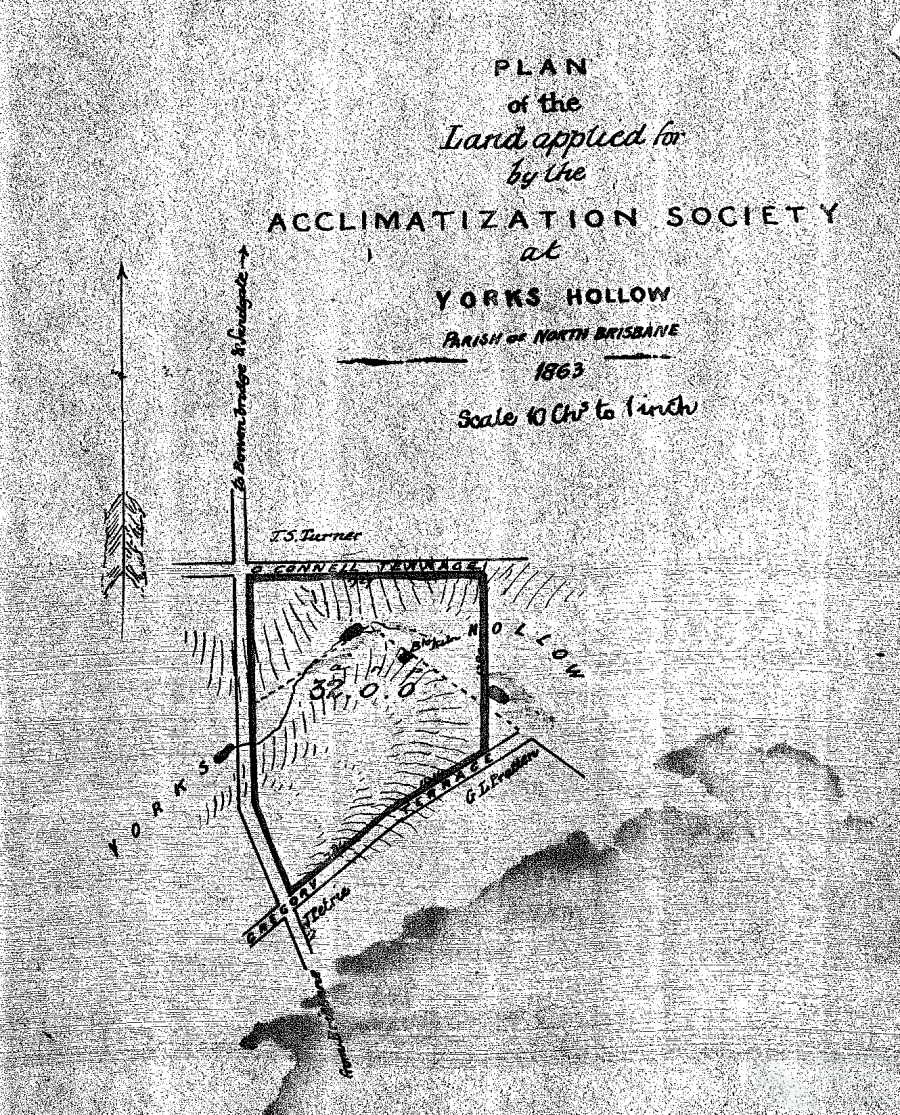Traditional story of the land- Barrambin (York's Hollow)
The Old Museum is located on land once known as Barrambin
(York’s Hollow (Barrambin) is the most important Aboriginal cultural heritage site known within the Study Corridor, and is the place most frequently referred to in the literature concerning Aborigines and early Brisbane. It includes the area now covered by Victoria Park, the Brisbane General Hospital, and the National Agricultural and Industrial Association of Queensland (RNA) Exhibition Grounds. Prior to 1890, Breakfast Creek flowed through York’s Hollow.
The area comprises Site LB: N62 on the Department of Natural Resources and Water Indigenous Cultural Heritage Database of Aboriginal cultural heritage places. York’s Hollow played an active role in the lives not only of the Brisbane Aborigines but also other groups within the Moreton Region. The Aboriginal name for the location was Barrambin; it acquired its European name from the Duke of York, the settlers’ name for the acknowledged elder of the local Aboriginal clan. It was a useful food gathering spot, but there are suggestions that it also held religious significance.
Groups of up to 800 gathered at York’s Hollow for ceremonial and trading purposes from as far away as the Blackall Ranges, and such large gatherings were a source of disquiet for the local settlers. There are numerous accounts of raids of the Aboriginal camps by settlers and police, and by the 1850s the European settlement had begun to encroach on York’s Hollow.
John Dunmore Lang’s immigrants settled in Fortitude Valley not far from the site; the Bowen Hills scrub began to be cleared for farming and new estates were being established in Herston. The Aboriginal groups were forced further out to Breakfast Creek and Enoggera, and by the 1860s most of the Aborigines had gone from York’s Hollow. In the 1870s the Brisbane Municipal Council began to fill the wetland lagoons on the Victoria Park reserve to convert it to parkland. The first Exhibition was held at the new Exhibition Ground in 1876.




